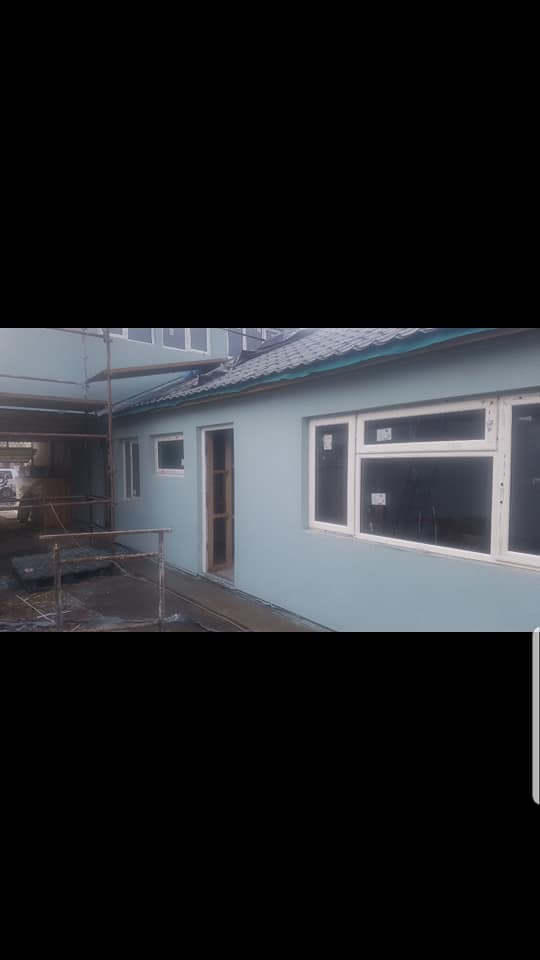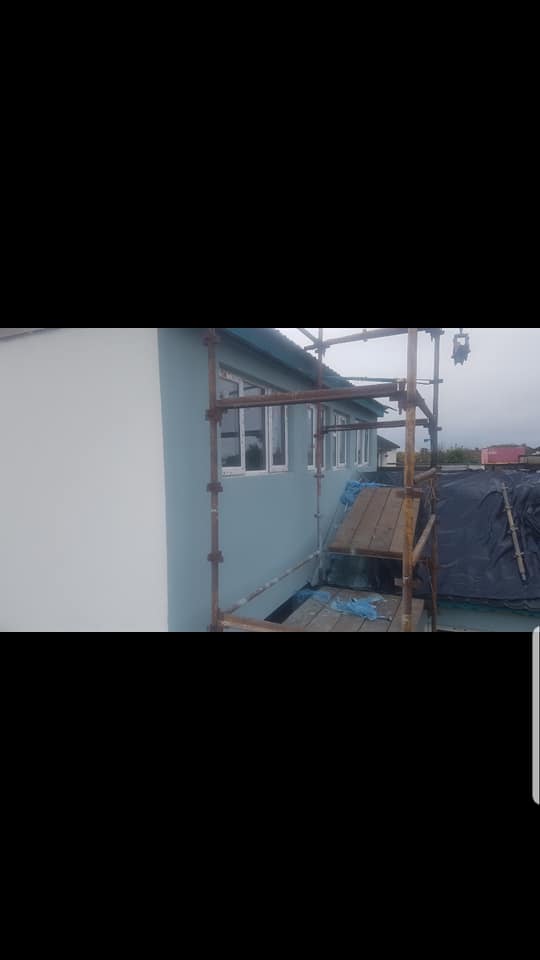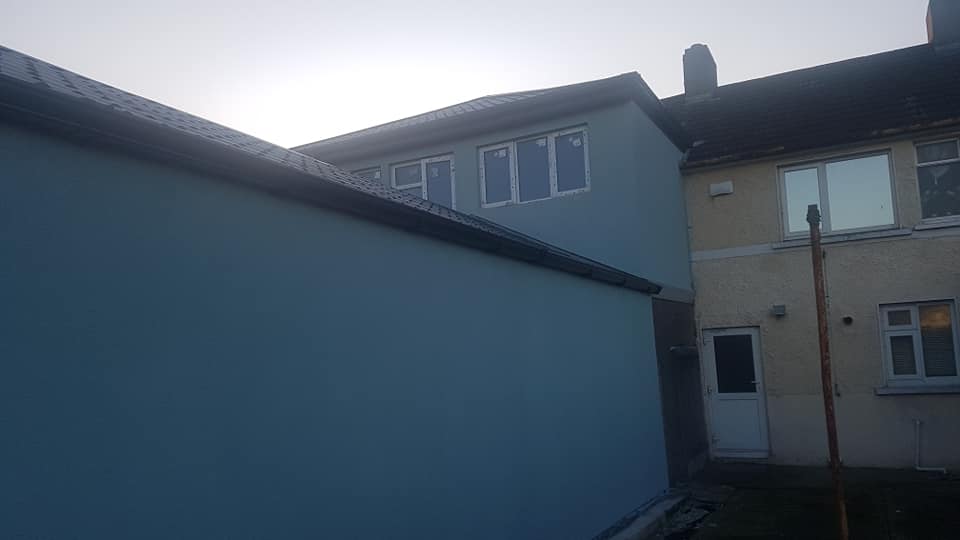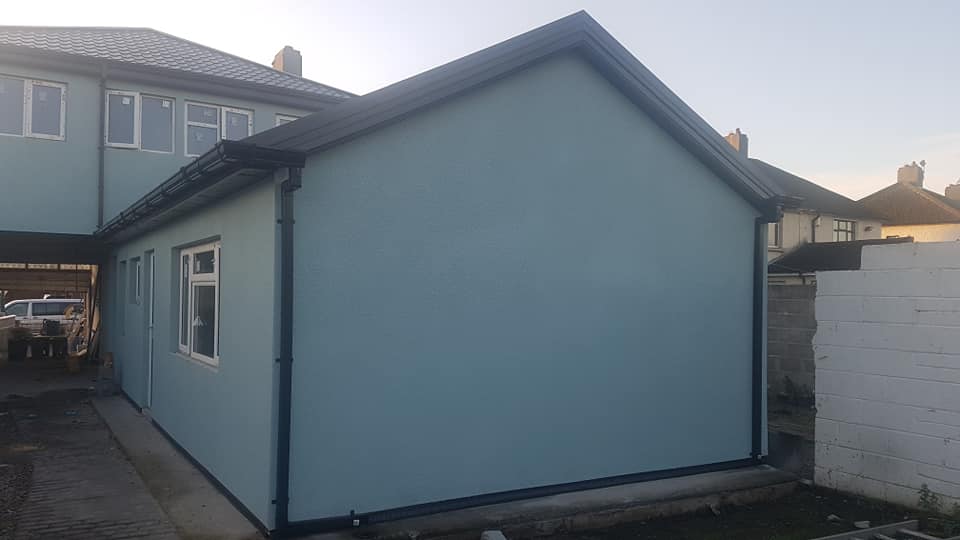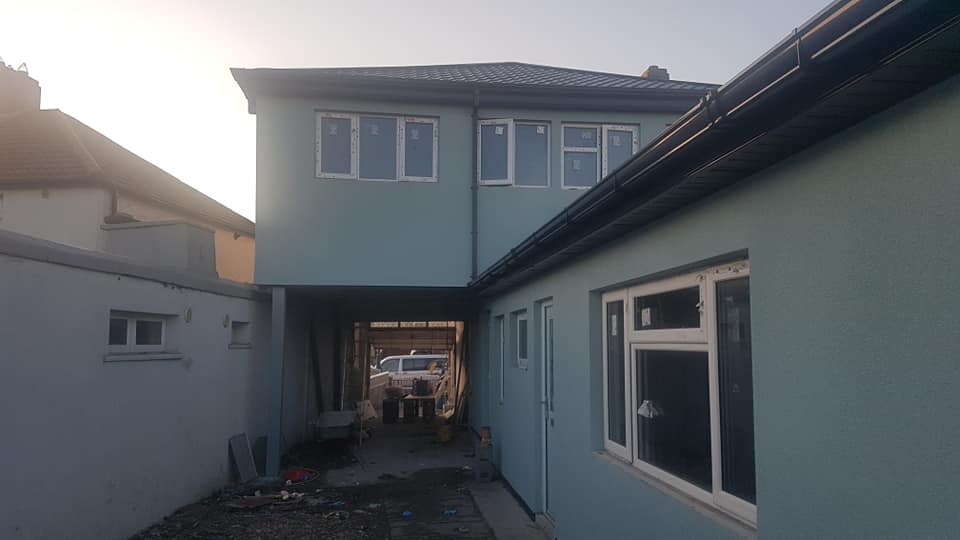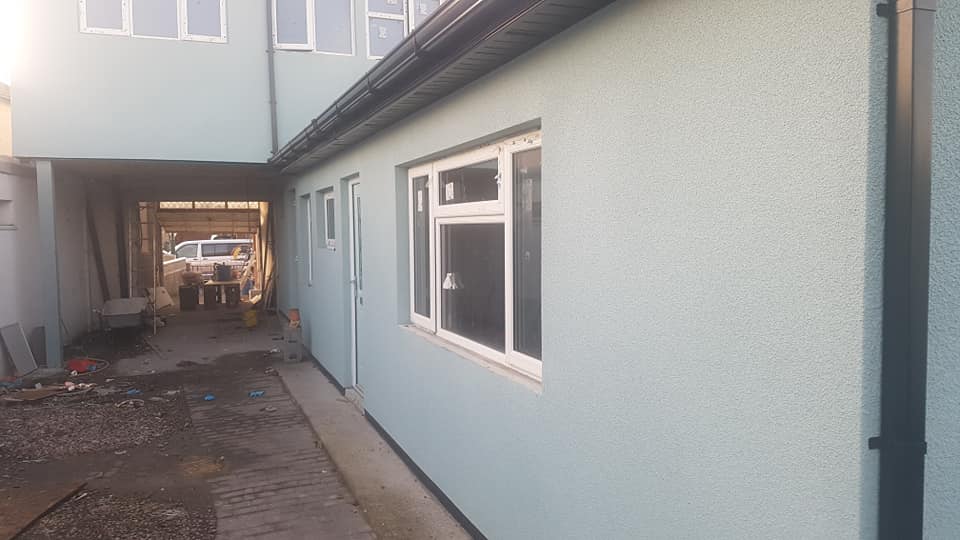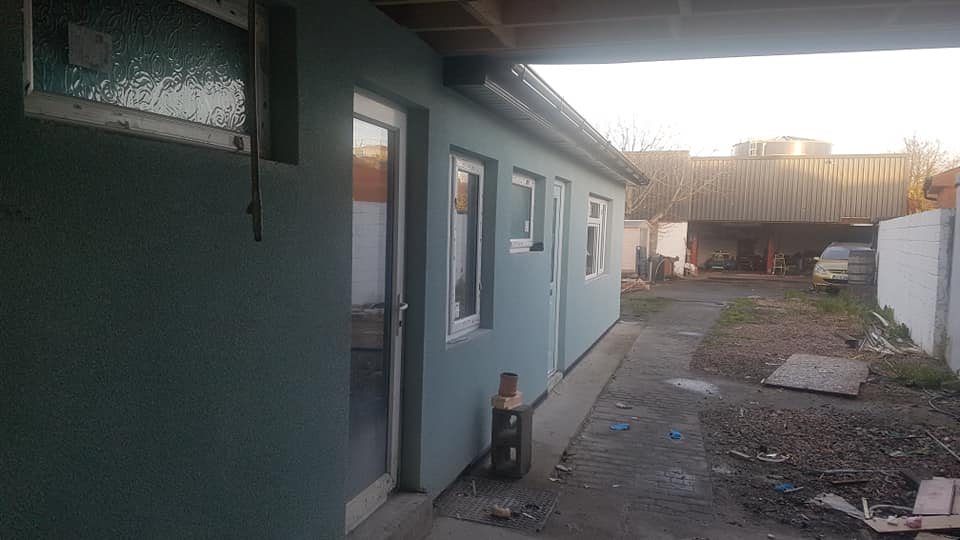Acrylic Rendering
Contact Us Today
Acrylic Rendering
If you’re looking for an exterior finish that is attractive and durable, acrylic rendering may be perfect for you. If you’re not sure exactly what acrylic render is or how it’s used, here’s what you need to know.
What is acrylic rendering?
An acrylic render is any type of render that uses acrylic, which is a type of plastic, in the mix. The acrylic makes the render much stronger and more flexible than traditional rendering mixes, which means that it is much less likely to crack after it has been applied. Acrylic render is easy to apply and it can be rolled, trowelled or even sprayed onto a surface. Two coats are generally applied.
Advantages of acrylic rendering
The biggest advantage of using acrylic rendering on the exterior of your home is the fact that it is so much less likely to crack over time due to its flexibility. This means that you don’t have to worry about the natural expansion and contraction of your home causing unsightly hairline cracks throughout your render.
Acrylic rendering is incredibly attractive and it can be applied in a range of ways, allowing you to create different finishes. You could opt for a finish that is smooth just like concrete or one that’s attractively textured.
Another benefit of acrylic rendering is that it can be applied to a range of surfaces including painted walls, concrete, timber, fibre cement and so on. Traditional render simply cannot stick to all those surfaces. This is one of the big talking points in the acrylic render vs cement render debate.
Acrylic render is also incredibly fast drying, taking just a few days to cure instead of up to a month like traditional render (if you want to paint it).
Can I use acrylic render over wood?
Acrylic render is incredibly versatile but one of the big questions people have is whether it can be used on surfaces like wood and weatherboard.
The short answer is no. Although there are some workarounds that you might be able to make use of, generally it’s advised not to apply render to wood, plywood, weatherboard or anything similar.
For example, Rockcote, suggests that its acrylic renders ideally be used on fibre cement sheeting or blueboard. It can also be used on other surfaces if they’re properly prepared like brick, block cement, concrete and plasterboard.
Standard acrylic render colours are grey or off white. These are commonly left in their natural state, but the light colours make them easy to paint over.
our home using acrylic render, speak to your local rendering professional.
Offering quality Plastering Services for over 10 years
We offer our services to all parts of Dublin and surrounding areas.


